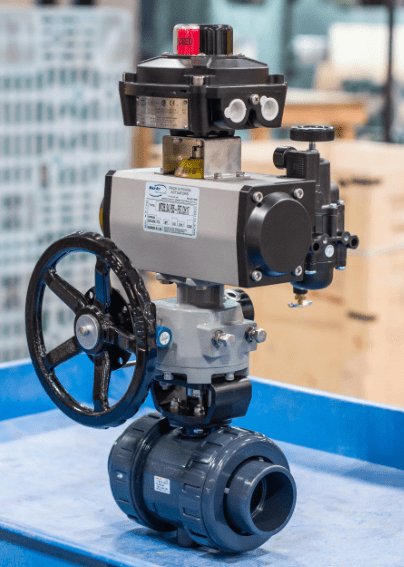e43u8
Chemical
- Feb 23, 2008
- 134
Dear All,
Is there an standard/practice mentions that the ESDVs should be equipped with no handwheel due to safety matters?
Is there an standard/practice mentions that the ESDVs should be equipped with no handwheel due to safety matters?

